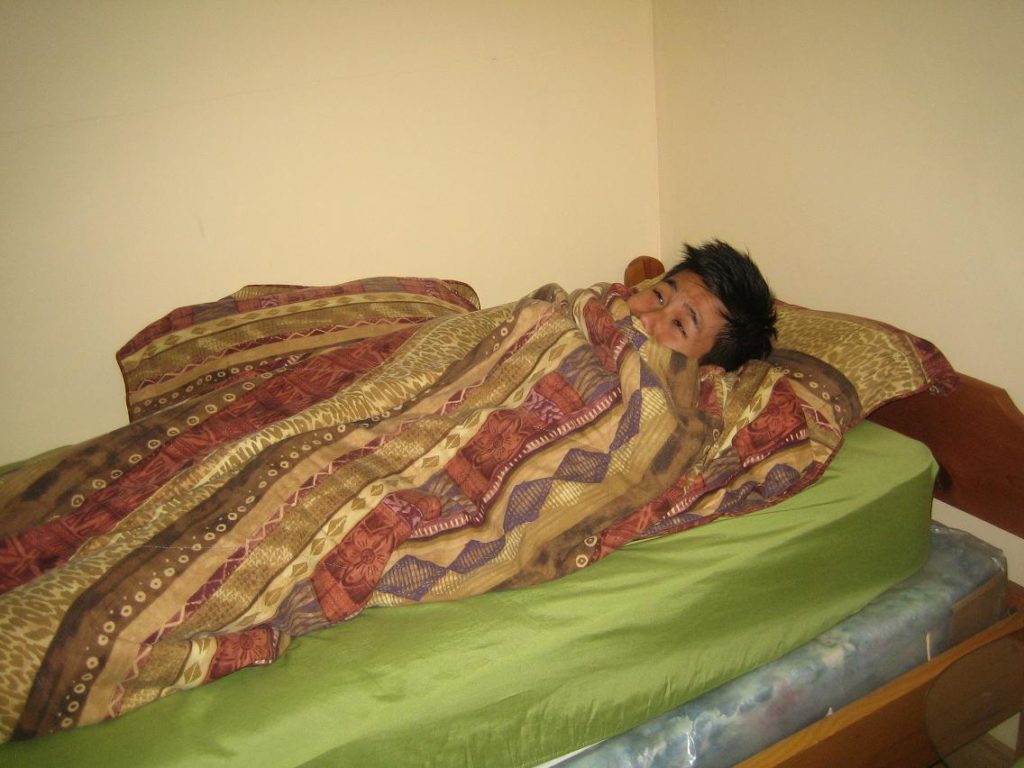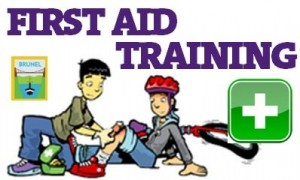Febrile seizure is a unique reaction of the brain to fever and usually on the first day of the fever. Generally, this is harmless and will not always indicate an underlying condition. Febrile seizure usually happens among children between the ages 9 months and 5 years with toddlers who are at highest risk.
[youtube url=”https://www.youtube.com/watch?v=p5crX6ys9FA” width=”220″]Febrile seizures sometimes can be caused by heredity. Furthermore, a febrile seizure usually occurs on the first 24 hours of an illness and may not happen when there is high fever. Some conditions such as infection of the ear, viral infection and common cold can cause a febrile seizure.
Symptoms
- Febrile seizures usually are mild such as the eyes of the child are rolling and the limbs become stiff.
- The seizure eventually subsides within a few seconds up to 10 minutes and then it is followed by drowsiness or a period of confusion.
- The seizure begins with the tightening or contraction of the muscles on both sides of the body of the child.
- The affected child may cry and moan
Febrile seizure is a unique reaction of the brain to fever and usually on the first day of the fever. - The child can fall and if standing, he/she may pass out urine
- There might be an episode of vomiting or bite his/her tongue
- Sometimes, the child ceases to breathe and start to turn bluish in color
- The child starts to jerk at regular intervals and will not respond to human voice.
A seizure that last for more than 15 minutes, affects only one region of the body and triggered by the same condition is not considered as a normal episode of febrile seizure and it is vital to seek medical help immediately.
Treatment of a febrile seizure
- During an episode of a febrile seizure, leave the child on the floor and slide a blanket under the body of child, if the floor is hard.
- Move the child to a safe place and remove all objects from the body such as rings and necklaces that may cause injuries.
- Loosen tight clothing around the neck and if possible remove all clothes from the waist up.
- If there is vomiting or accumulation of saliva and mucus in the mouth, turn the affected child to the side or on his/her stomach to make it easier for the child to breath. Avoid putting any object into the mouth of the child to prevent making the condition worse.
- Insert an acetaminophen suppository if available inside the rectum of the affected child.
- Apply a cool compress using a small washcloth on the forehead and neck. Sponge the whole body of the child using lukewarm water. Avoid using cold water or alcohol to prevent making the fever
- After the seizure subsides, give the child the normal dose of pain medication such as ibuprofen or acetaminophen.
If the fever settles, but the child still appears ill, seek medical care as soon as possible.
FACT CHECK
https://en.wikipedia.org/wiki/Febrile_seizure
https://www.webmd.com/children/febrile-seizures#1
https://www.mayoclinic.org/diseases-conditions/febrile-seizure/symptoms-causes/syc-20372522


